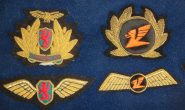
Airlines of Great Britain – Part 2
Written by Charlie Dolan
Taking up from where I left off in February, there are a few more insignia used by British carriers. There have been many airlines operating from England, Scotland and Wales (and the Channel Islands) and I think it will take many months to cover those which I have represented in my collection.
This issue’s first wing is that of a carrier which began in 1948 and lasted until 1968, operating under the names Eagle Aviation, Cunard Eagle, and British Eagle International Airlines. Several mergers and corporate “divorces” led to those name changes. The second wing featured belongs to British Mediterranean Airlines. Back in the 1990s, when I was participating in nuclear non-proliferation operations, I made a round trip from London Heathrow (LHR) to Tblisi, Republic of Geargia (TBS) and return. It was a good carrier with very good service.
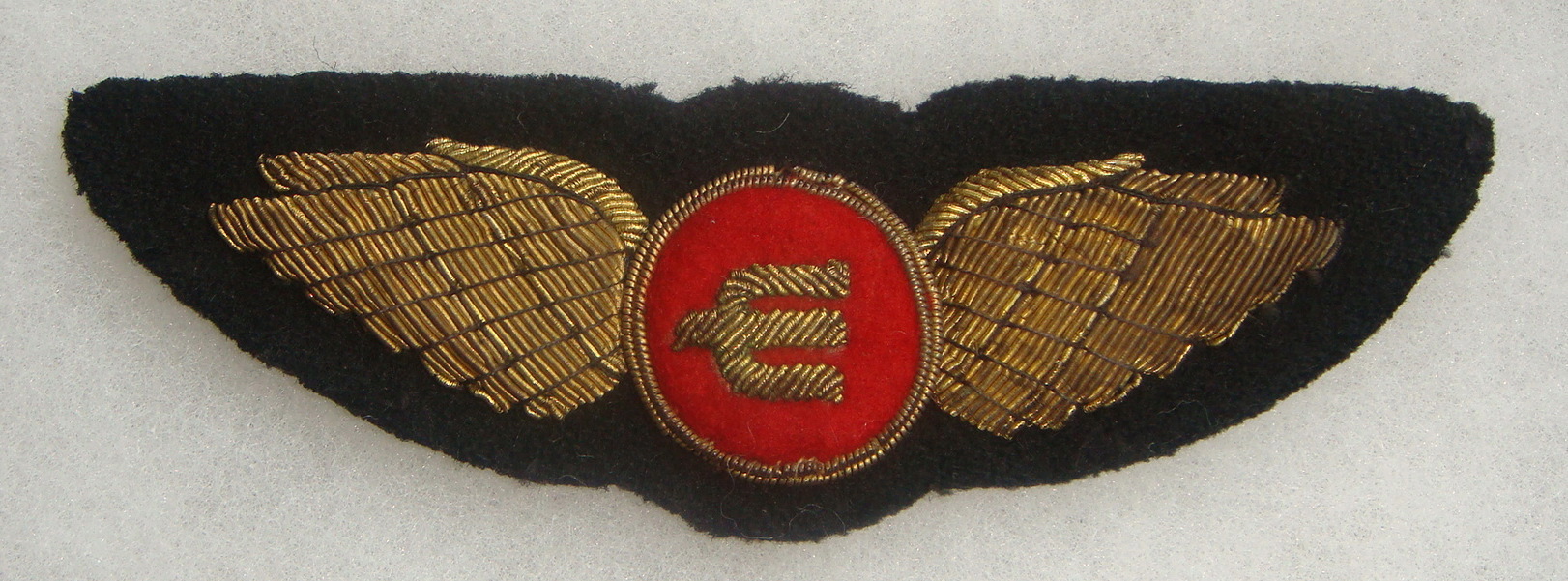
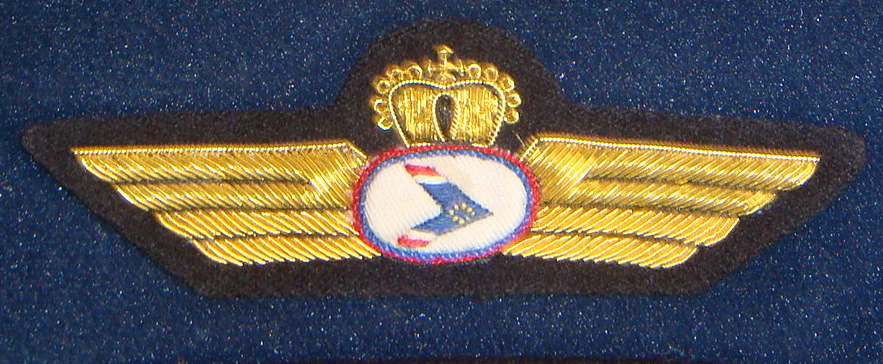
British Midland will be represented by an early style wing and later style wing and cap badge. The company had been formed in 1938 as Air Services, Ltd. and was merged with British Airways in 2012.
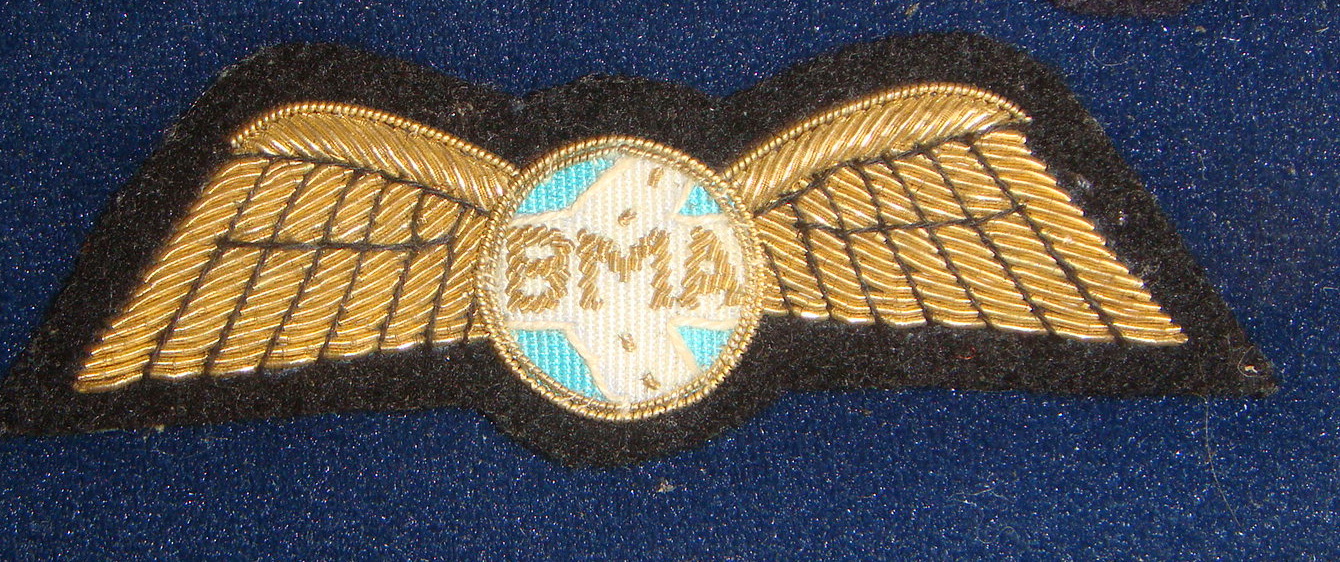
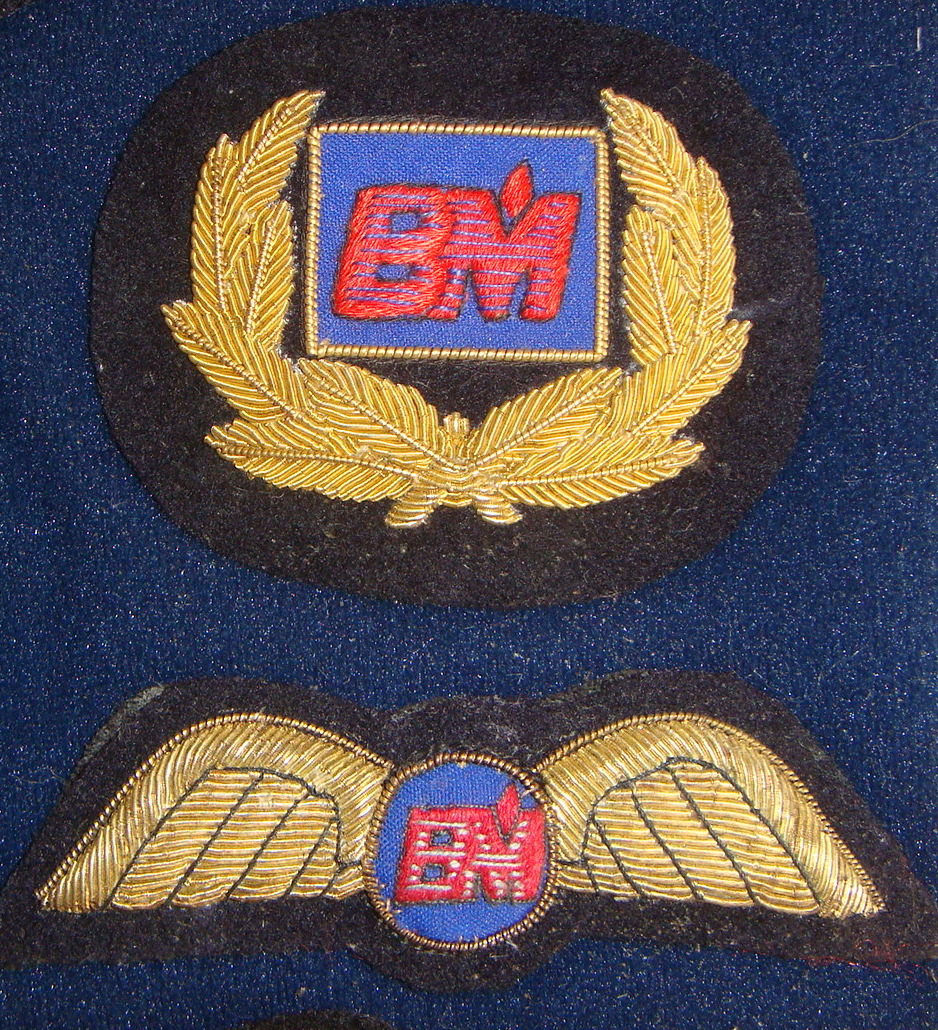
British South American Airways was formed shortly after World War 2 and had an unenviable record of disappearances. Two Avro Tudors were lost while flying over the Atlantic, the first in January 1948 somewhere between the Azores and Bermuda and the second in January 1949 while flying from Bermuda to Kingston, Jamaica. No traces of either aircraft were found. In August 1947, an Avro Lancastrian disappeared while on a flight from Buenos Aires, Argentina to Santiago, Chile. Parts of the aircraft and human remains were found in 1998 and 2000, indicating that it had flown into the mountainside and been covered by an avalanche. The debris and remains were only exposed as the resulting glacier receded. It was reported that one of the main gear tires still had air under pressure inside. The BSAA insignia are a pilot wing and a flight attendant cap badge.
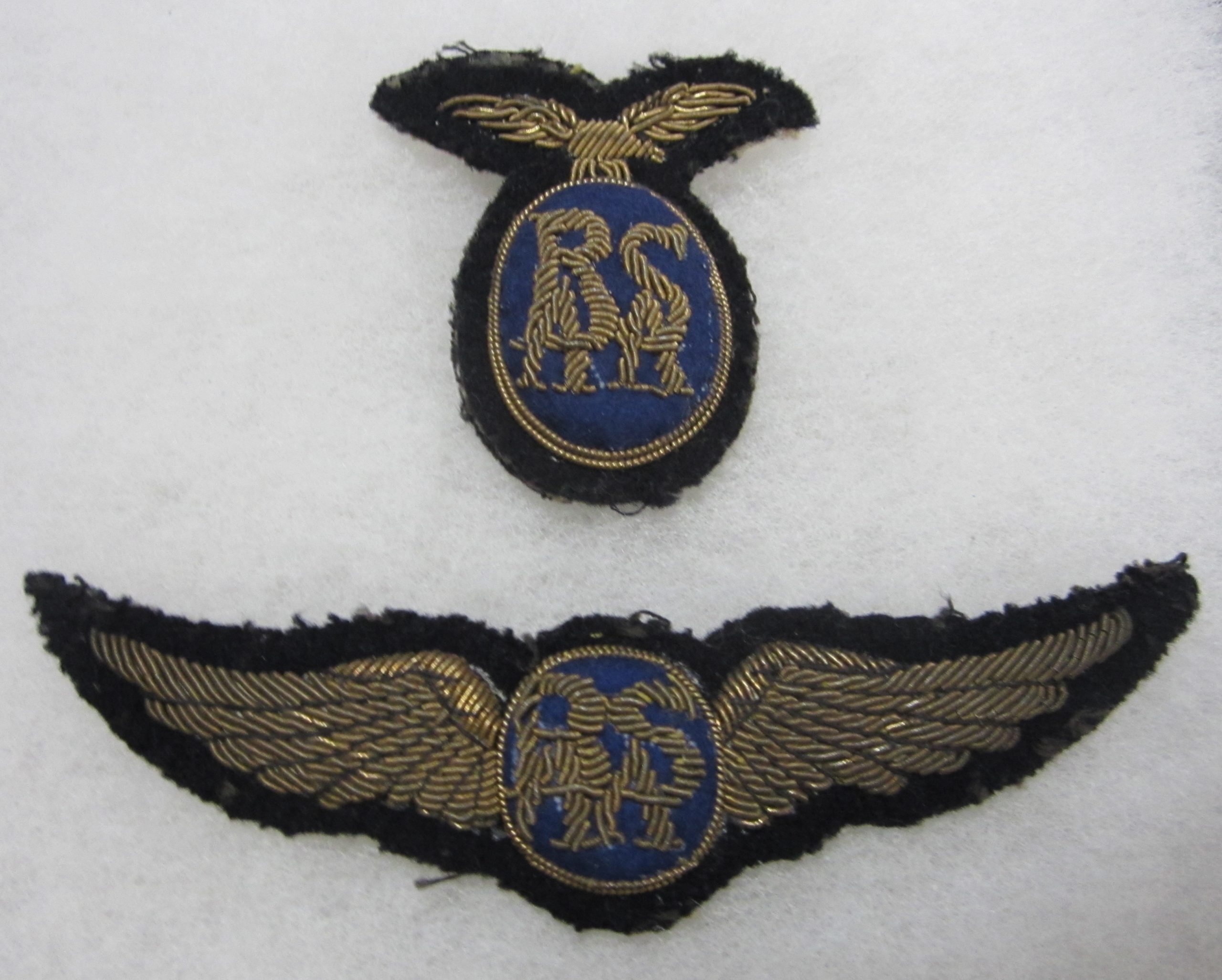
British World Airlines, Ltd. had its origins with Silver City Airways back in 1946. It had mergers with British United Airways which lasted for only a few years and also had dealings with Sir Freddie Laker. At the end of its fifty year history, British World was a provider of aircraft and crews to other carriers during peak periods as well as a charter carrier for inclusive tour companies and the British military.
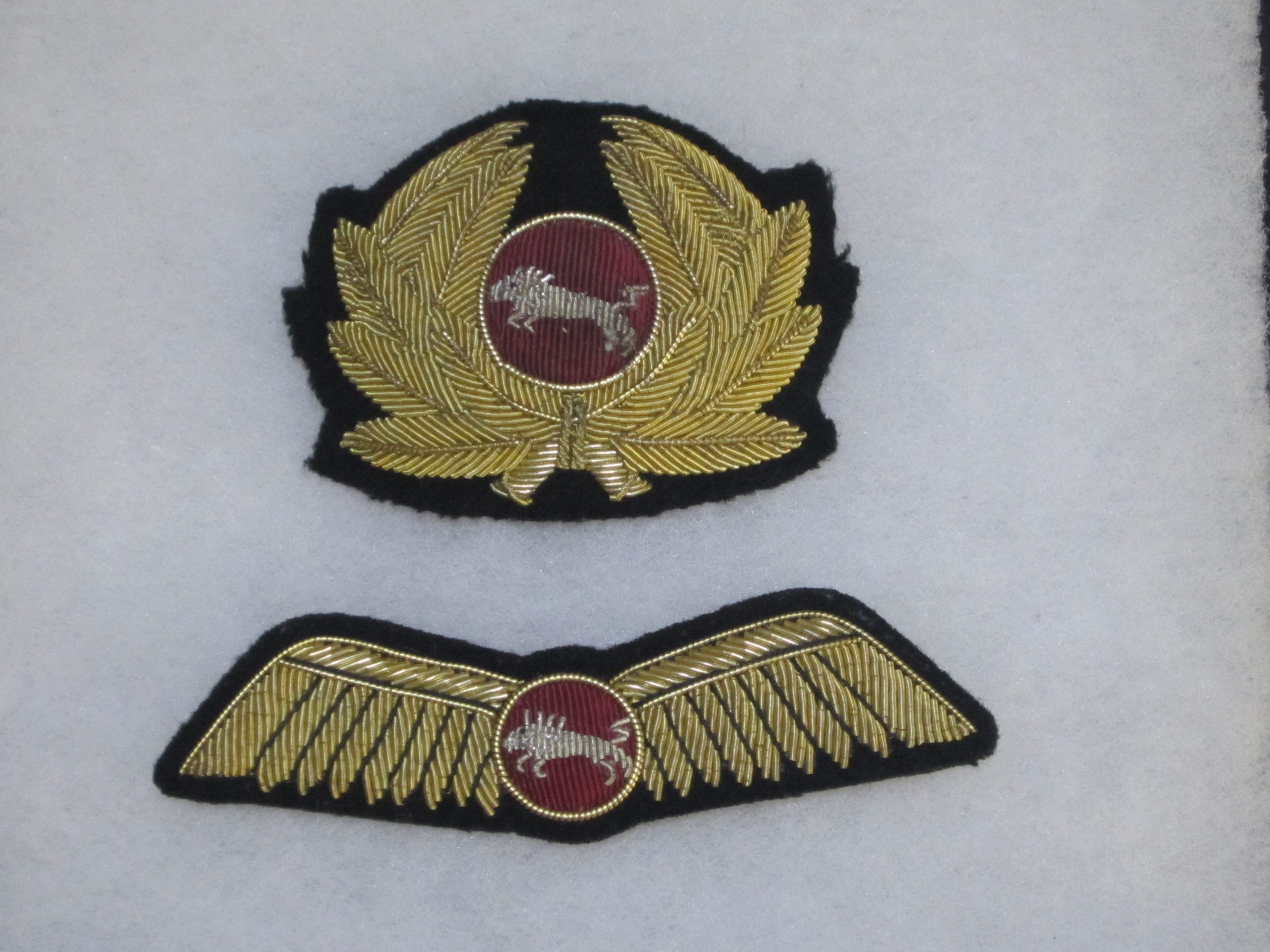
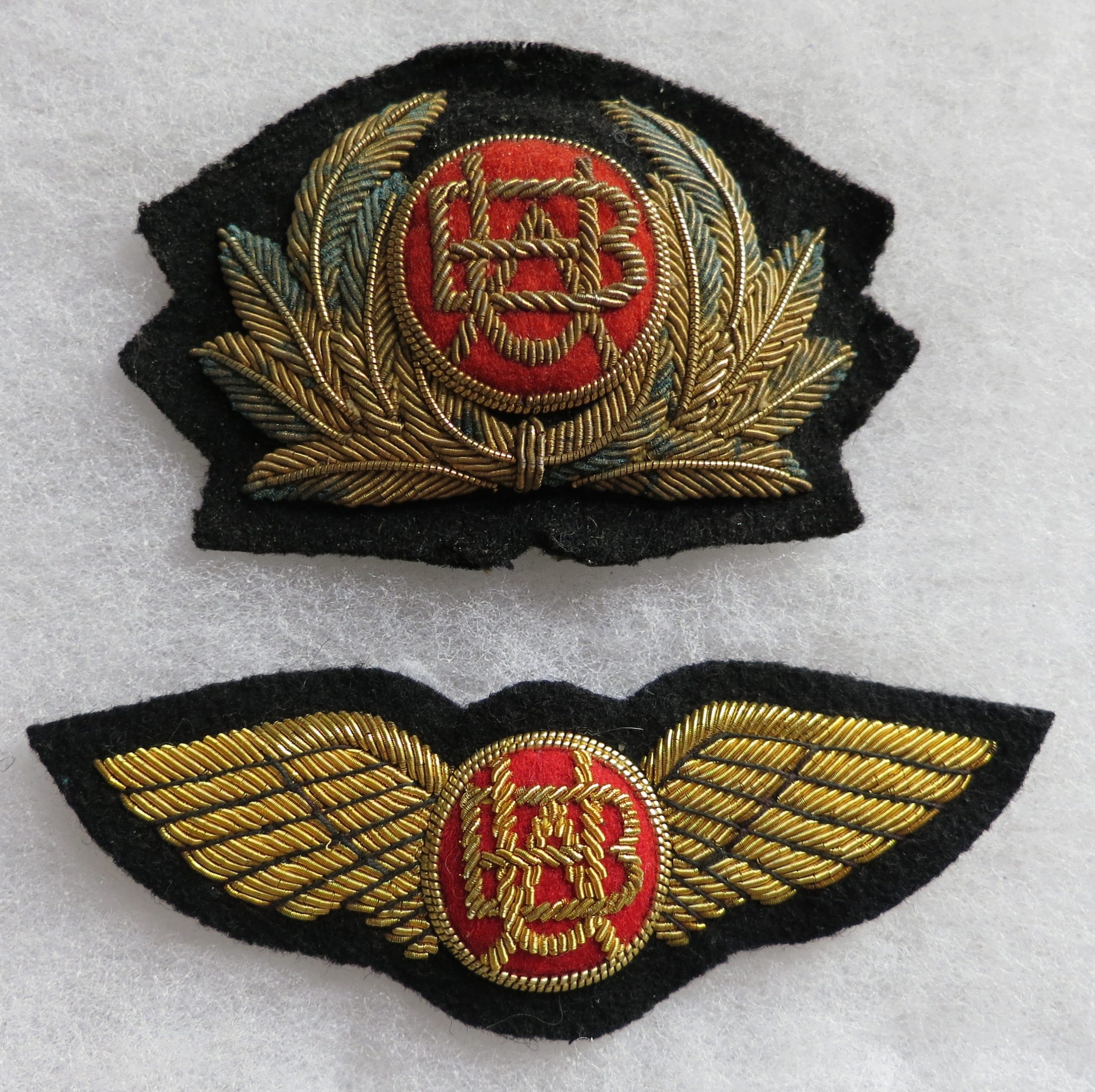
Caledonian Airways was formed in 1961 and had a single DC-7 at the outset. Its founders had wanted to name the carrier “Scottish Airways” but that name had already been registered by British European Airways. In 1970, Caledonian Airways merged with British United Airways to form British Caledonian Airways.
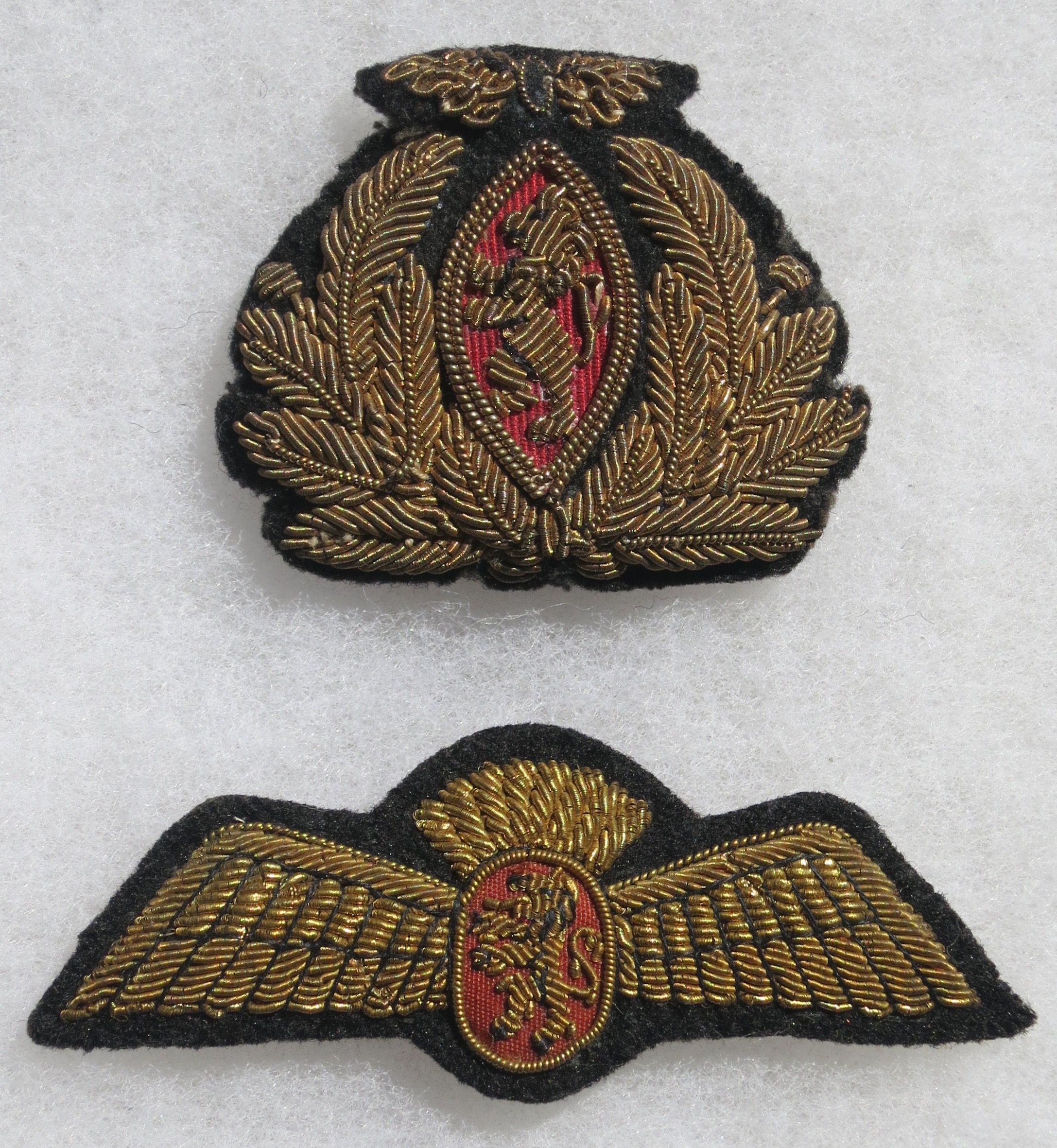
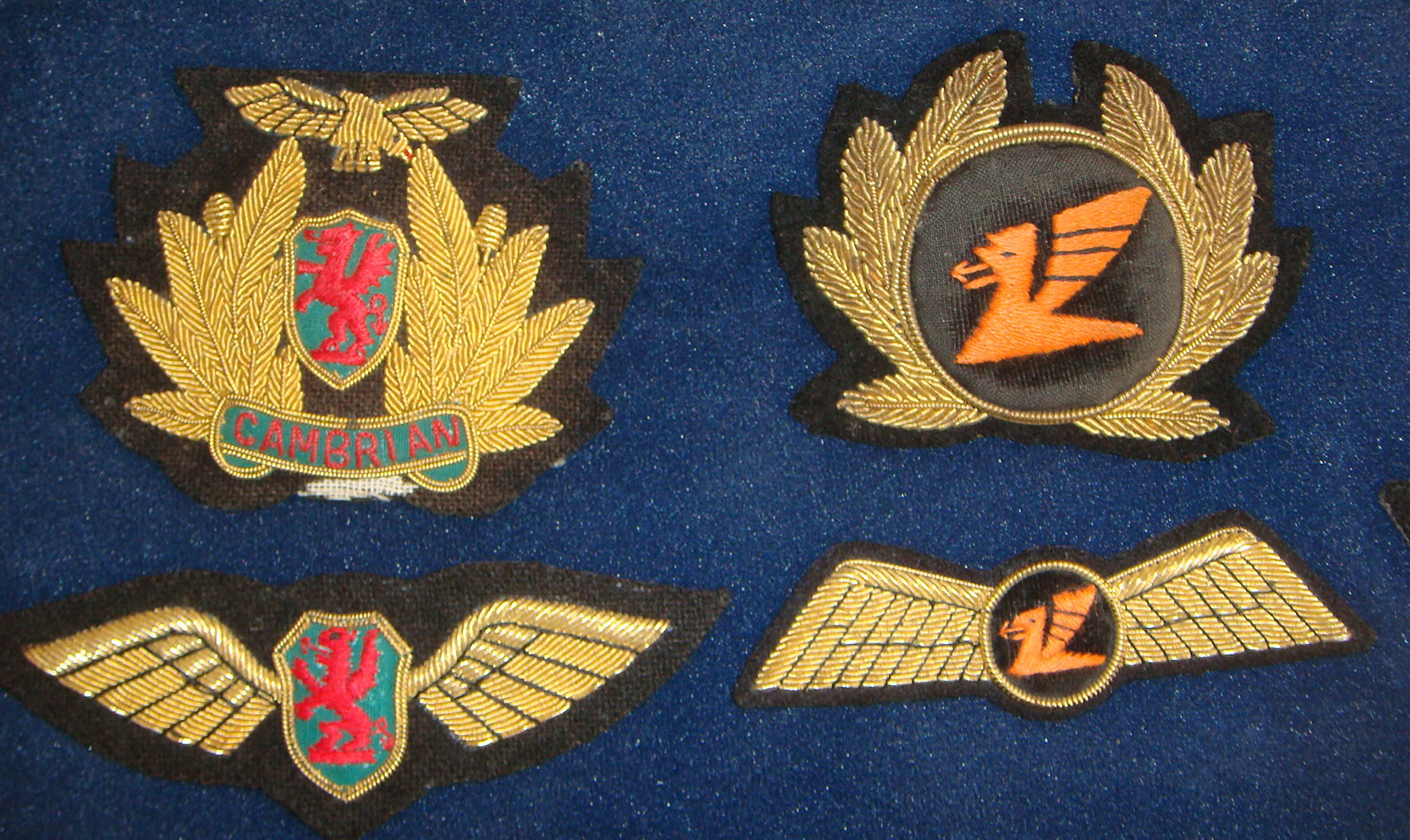
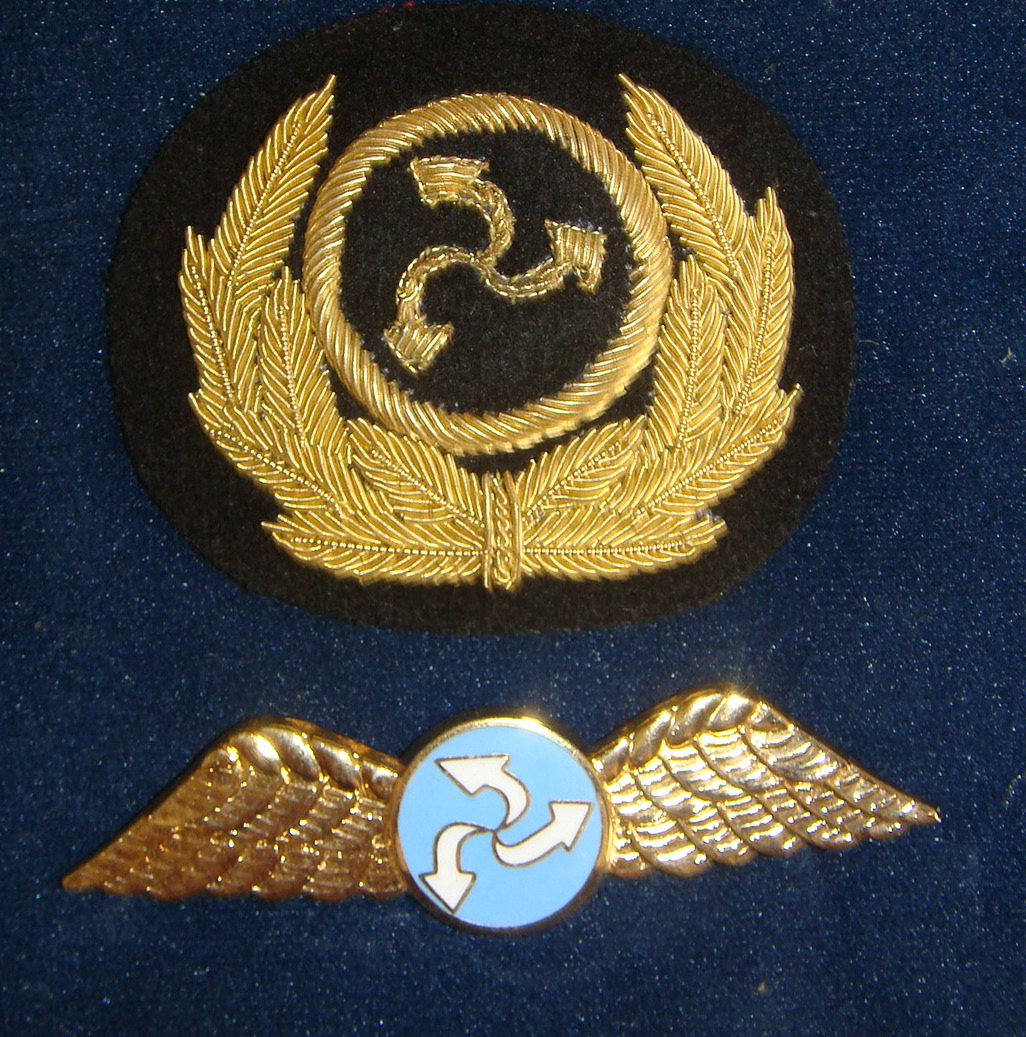
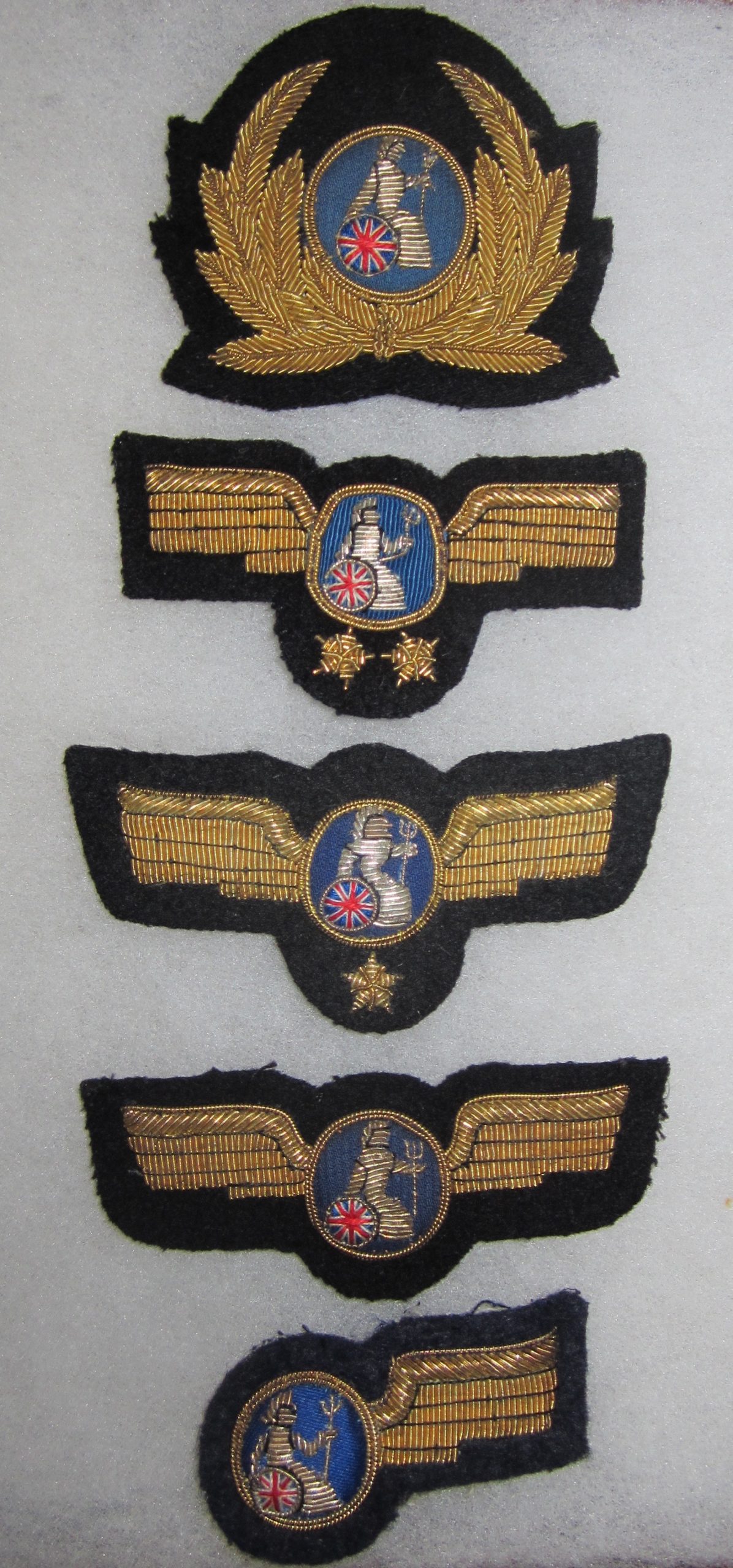
Now that I have muddied the waters with all the talk of mergers and de-mergers, I’ll step aside until the next article and allow you to enjoy the images of the insignia.
Trackback from your site.

